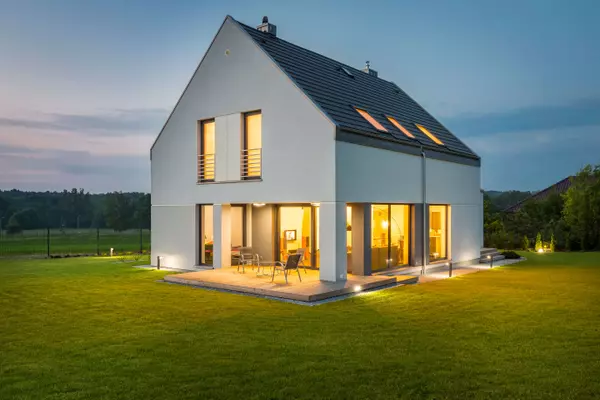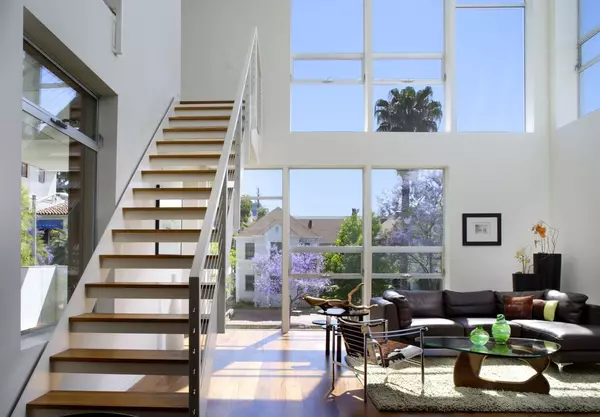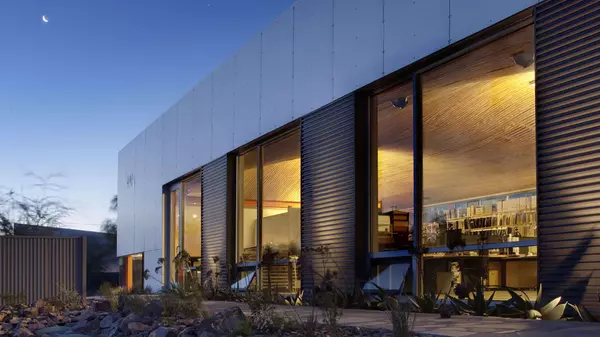San Diego’s 58-year-old sports arena is historically significant. Can it still be demolished?
Built in 1966, the San Diego International Sports Arena slated to be razed in a proposed redevelopment plan is historically significant for its contribution to the region’s economic growth after World War II, its association with a big name in the local sports industry and its New Formalism architectural style.
The determination was made by cultural resource management firm ASM Affiliates in an April report prepared as part of the city of San Diego’s environmental review of the Midway Rising Specific Plan.
The development plan seeks to redo the city’s property at 3220, 3240, 3250 and 3500 Sports Arena Blvd. with thousands of apartments, a public square and promenade lined with shops and restaurants, park space and an all-new, 16,000-seat arena.
Thursday, staffers in San Diego’s planning department will ask the city’s Historical Resources Board to officially designate the 58-year-old sports arena as a historical resource. City planners are recommending the designation, according to the staff report prepared for the meeting.
The act would seemingly complicate the developer’s plans to replace the oval-shaped, concrete-venue with a modern entertainment facility. But the designation does not preclude demolition, and the resource report spells out that the developer intends to convey the arena’s significance with an interpretative exhibit at the new venue.
“In any redevelopment process, it is both standard and best practice for the city’s Historical Resources Board to evaluate all buildings that are 45 years old or older for possible historic designation,” said Shelby Jordan, Midway Rising project lead and an executive with sports-and-entertainment venue operator Legends.
“The Midway Rising team has prepared a technical report as part of our ongoing (environmental) analysis and we look forward to collaborating with the city’s Historical Resources Board and city staff so that we can thoughtfully preserve the Sports Arena’s rich history within the largest affordable housing development in California’s history.”
In September 2022, San Diego City Council members selected Midway Rising to lease and redo the city’s sports arena real estate. The development team is comprised of market-rate housing developer Zephyr, affordable housing builder Chelsea Investment Corp., and Legends. The Kroenke Group, a subsidiary of billionaire Stan Kroenke’s real estate firm, is the entity’s lead investor and limited partner.
The project calls for 4,250 residential units, a 16,000-seat replacement arena, 130,000 square feet of commercial space, and an unspecified number of acres of parks, plazas and public space.
In December, the city initiated an environmental review process, as mandated by California’s Environmental Quality Act, to study the impacts of the project and additional development contemplated on three, privately owned parcels that are connected to the site. The review is a precursor to the city and the developer finalizing a development deal for the land. The environmental impact report is expected to be completed before the end of year and requires certification by the City Council.
As part of the process, ASM Affiliates evaluated the existing sports arena, currently known as Pechanga Arena, to determine its eligibility for national, state and local registers of historic assets. The 114-page Historical Resources Technical Report, as it’s called, determined that the arena is eligible for all three registries based on its connection to an important period, its ties to a significant person and its association with a lauded architectural style.
San Diego International Sports Arena, which opened in November 1966, was built on city-owned land acquired from the federal government. The arena replaced the Frontier Housing Project and its temporary dwelling units, constructed to house World War II workers, records show.
The flat-roofed facility with concrete walls was constructed by Trepte Construction Company. The venue was designed in the New Formalist architectural style by Trepte’s in-house architect, Victor Meyer. Meyer, who had a preference for using concrete, specialized in designing large-scale buildings with symmetry and repeating patterns, the technical report states.
Robert Breitbard, a former head football coach for San Diego State University, is credited with making the arena possible and helped to privately finance the $6.5 million venue. He was the owner of the San Diego Gulls until he sold the team in 1974. Breitbard also founded the San Diego Rockets, a National Basketball Association franchise that played at the arena from 1967 to 1971.
The facility is, according to the technical report, emblematic of post-World War II recreation and entertainment development. Its construction marked the greatest post-war change to the Midway-Pacific Highway community and ushered in a new era of commercial and industrial growth, the report states.
“The arena’s construction represents a time of growth throughout San Diego and the movement to expand the city’s economic ventures into new industries,” the resource document states. “The sports arena was the most important catalyst in the Midway neighborhood’s transformation from WWII housing into a lively entertainment and commercial hub. It was one of the first modern stadiums/arenas and major entertainment venues in San Diego.”
The technical report authors, as well as city planners, maintain that the arena is also historic for its association with Breitbard, a person of local significance in San Diego’s sports history.
“Football coach and businessman Robert Breitbard was instrumental in initiating and helping to fund the construction of the International Sports Arena,” the city’s staff report for the Historical Resources Board states.
What’s more, the intentionally imposing venue is emblematic of the New Formalist architectural style, which is a hybrid of Modernism and Classicism styles.
“The sports arena displays many characteristics of this style including its monumental scale, strict symmetry and formality, flat roof, smooth exterior surfaces, repeating full-height pillars, ornamental concrete, raised platform, and on-grade open plazas and integral parking,” the technical report states. “The style was most commonly applied to commercial and civic buildings, and the sports arena is one of few remaining examples of the style applied to stadiums and/or arenas not only in San Diego, but within California and nationally.”
ASM Affiliates also notes in its report that demolition of the venue, as proposed by Midway Rising, would, “result in the loss of a historical resource. Recommended mitigation should be undertaken to lessen the impact; however, the impact cannot be mitigated to a less-than-significant level.”
Mitigation is a technical term used in environmental analyses to identify a developer’s legal obligations to offset a project’s environmental impacts.
The historical resource mitigation recommended in the document would require the developer to thoroughly document the property, using historical photographs and original architectural plans, per established standards. Midway Rising would also need to install a publicly accessible interpretive exhibit, designed with the help of a historian, at the new arena.
Local preservation group Save Our Heritage Organisation has not taken a position on the preservation of the building, executive director Bruce Coons told the Union-Tribune. The group has previously sued to save, sometimes successfully, buildings from being torn down.
“The sports arena is definitely historic and needs to be recognized and documented as such. It is an extremely important part of our cultural heritage,” Coons said. “We did favor some of the competing (sports arena) proposals in which it was refurbished and adaptively reused as part of the project.”
Coons, who saw Jimi Hendrix and The Doors in concert at the arena, said the venue played a significant role in his own life.
“I also chauffeured Alice Cooper, Bob Hope and others in my classic car and got to park inside behind the stage, watch the concert and attend the parties,” he said. “It will be sad to see it go.”
The paper-only preservation of a large sports venue with historic significance is not without local precedent.
The environmental work prepared for San Diego State’s Mission Valley campus project came to a similar conclusion with nearly identical mitigation for the since-demolished football stadium in Mission Valley.
SDCCU Stadium, as it was called, was also historically significant, and eligible for local, state and national registers, according to the historical resources technical report prepared at the time. The university put together documentation, and set up interpretative displays — such as the Jack Murphy statue and medallion — that are currently on display at the newly erected Snapdragon Stadium. The school also used concrete from the old stadium as pavers in park and picnic areas.
Categories
Recent Posts











